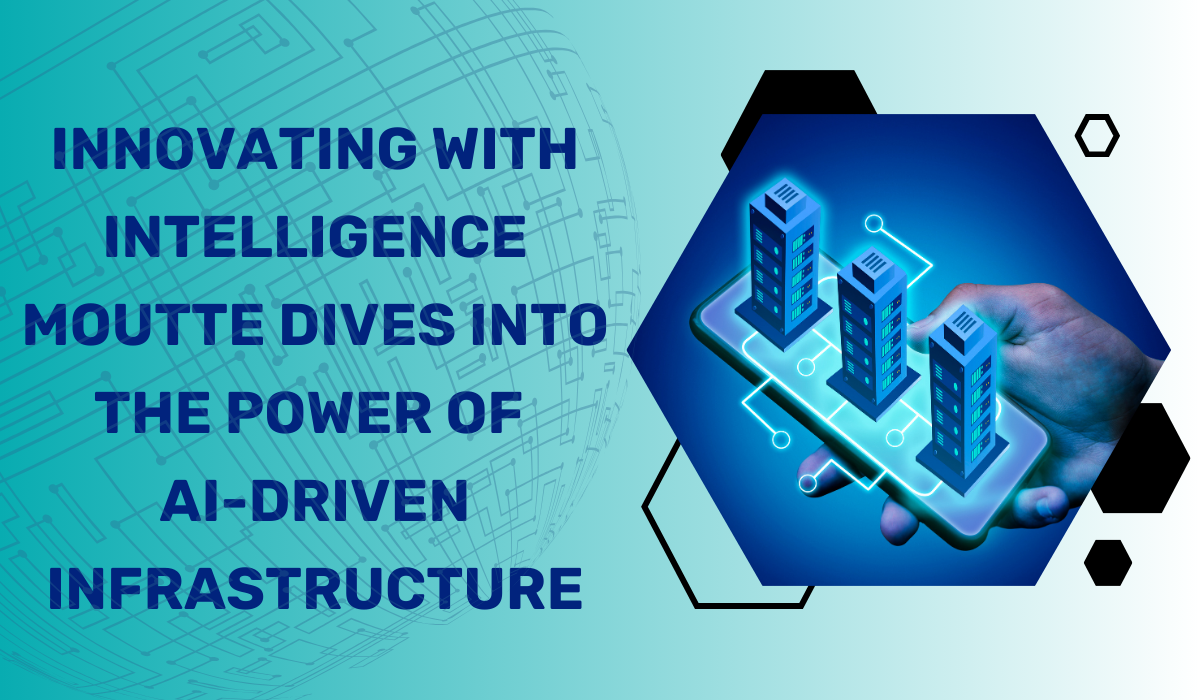
In a recent discussion, Julien Moutte, Chief Technology Officer (CTO) of Bentley Systems, sheds light on the transformative potential of amalgamating data with Artificial Intelligence (AI) and Machine Learning (ML) to tackle capacity concerns within infrastructure engineering. As the demand for infrastructure evolves globally to support renewable energy goals and more, Moutte underscores the pivotal role of technology in enabling a strategic approach to design, construction, and operation.
Bentley Systems, under Moutte's guidance, emphasizes the significance of intelligent infrastructure—a concept encompassing data from IT, operational technology (OT), and engineering technology (ET). Moutte highlights the crucial role of ET data, such as 3D digital models and Computer-Aided Design (CAD), in empowering engineers to navigate the challenges posed by project backlogs, talent shortages, and sustainability requirements. By creating a digital twin of infrastructure, engineers gain the ability to simulate real-life developments, employing AI for environment building and ML for continuous prediction of real-life actions and impacts.
Moutte acknowledges the current utilization of AI in the infrastructure sector, citing examples like computer vision for assessing the condition of structures and automating tasks such as analyzing CAD drawings. Bentley Systems, while embracing the potential of AI, is committed to addressing concerns related to data usage and AI reliability. The company aims to ensure transparency in AI use, respecting intellectual property and data privacy rights. Moutte emphasizes that AI should serve as a digital companion to infrastructure design, augmenting the capabilities of engineers rather than replacing them. This approach, according to Moutte, empowers users to understand, control, and optimize the use of past data while enforcing engineering rules to create safe designs.